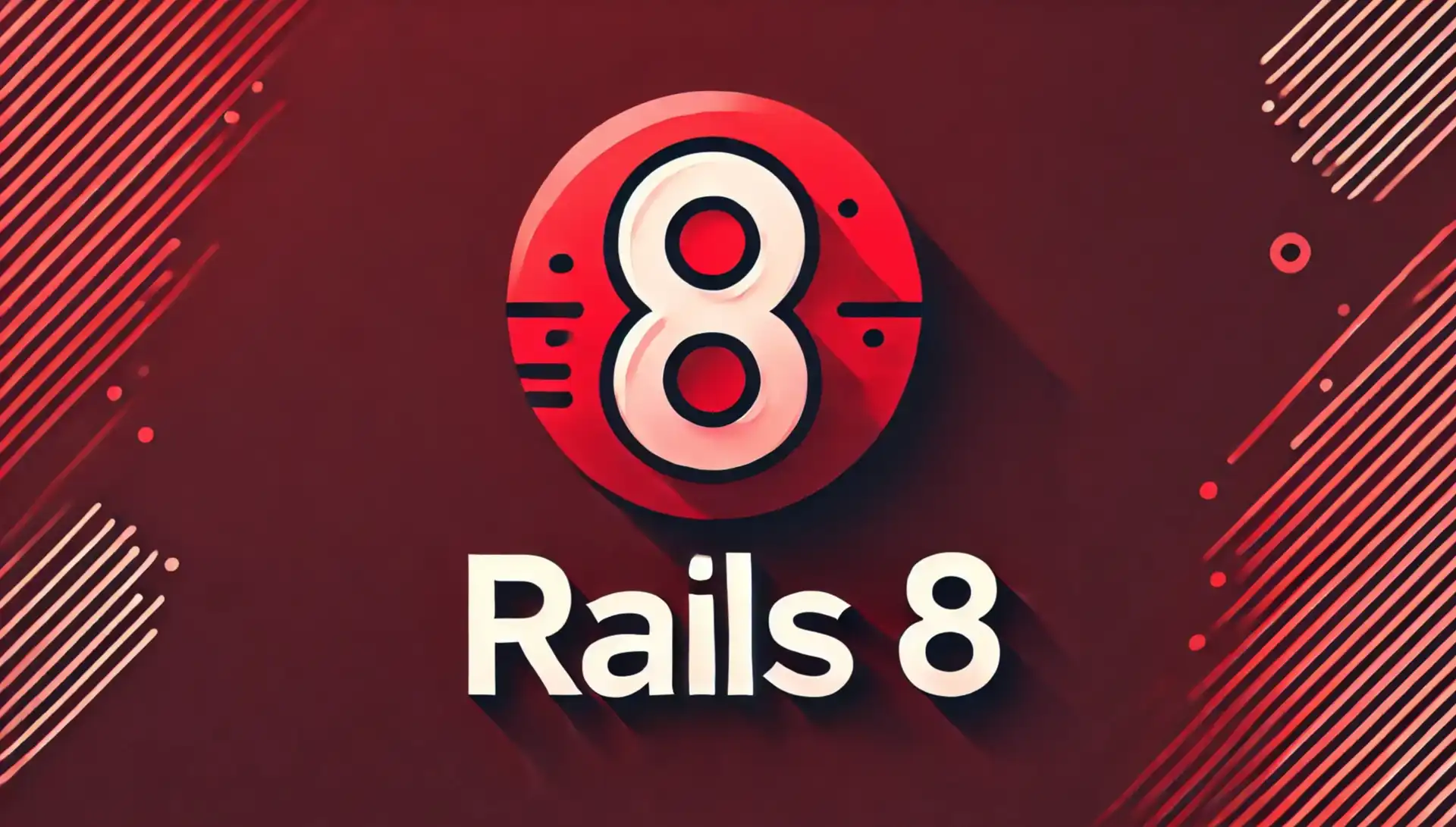What’s New in Rails 8: A Big Leap Forward
Rails 8 brings a bundle of enhancements across performance, developer experience, infrastructure, and modern web app capabilities. Below are the top features you should know about.
1. Modern Asset Pipeline: Propshaft
Rails 8 replaces the long-standing Sprockets asset pipeline with Propshaft, offering a streamlined, modern approach to managing JS, CSS and images. BlueBash portfolio+3Mintbit+3AppSignal Blog+3
Why it matters:
- Faster asset compilation and simpler configuration.
- Better compatibility with modern frontend tooling (ESBuild, import maps).
- Reduced complexity when upgrading or maintaining Rails apps.
2. Reduced Infrastructure Dependencies: The “Solid” Adapters
One of Rails 8’s most talked-about improvements is the introduction of built-in adapters for caching, job queues and WebSocket pub/sub — namely Solid Cache, Solid Queue and Solid Cable. DEV Community+2AppSignal Blog+2
Why it matters:
- You can now reduce or eliminate the need for external services like Redis or Memcached for many apps.
- Simplifies deployment, especially for smaller or mid-scale apps.
- Improves maintainability and lowers cost for infrastructure.
3. Built-in Authentication Generator
Rails 8 introduces a native authentication generator that scaffolds user models, controllers, and sessions without the need to pull in heavy third-party gems like Devise for basic use-cases. Mintbit+1
Why it matters:
- Faster set-up for apps that need standard email/password login flows.
- Less “glue” code required; faster to get up and running.
- Still extensible if you need advanced auth later.
4. Improved Performance & Asynchronous Capabilities
Rails 8 enhances how ActiveRecord and the framework handle large datasets, async queries and multi-threaded environments. Nikita Sinenko+1
Why it matters:
- Better handling of heavy workloads or real-time features.
- Async query methods, more efficient job handling and optimized memory usage.
- Feels more responsive for end-users and more scalable as your usage grows.
5. Enhanced Support for Progressive Web Apps (PWA) & Hotwire Integration
Rails 8 deepens its support for real-time/web-app features, including improved integration with the Hotwire stack (Turbo, Stimulus) and better default support for PWAs. Mintbit+1
Why it matters:
- Build nearly full-featured web/mobile experiences with fewer dependencies.
- Improved offline/offline-first capabilities, notifications, real-time UI.
- Great for startups or new apps that want modern behavior out-of-the-box.
6. Simplified Deployment Experience: Kamal + Zero-Downtime Integration
Rails 8 includes the ability to deploy in simpler ways, with built-in support for production setups and zero-downtime deployment workflows. AppSignal Blog+1
Why it matters:
- Less infrastructure-overhead for getting a Rails app into production.
- Helps teams move faster from development → staging → production.
- Good for startups or small teams wanting Rails speed without massive ops overhead.
Should You Upgrade to Rails 8?
Short answer: Yes — if you’re working on a new app, or you have an existing Rails app and want to take advantage of modern best practices, simplicity and performance improvements.
Things to consider:
- Check compatibility of your gems/plugins with Rails 8.
- For older apps with complex migration paths, factor in some upgrade effort.
- Use the newer features when they make sense (you don’t have to switch everything at once).
- Prioritize the features you’ll benefit from most (e.g., if you rely on external services heavily, the “Solid” adapters may shift how you think about infrastructure).
Final Thoughts
Rails 8 is more than just incremental — it represents a renewal of the Rails philosophy: keep things simple, elegant, and developer-friendly, while adapting to modern web app demands. Whether you’re building a startup MVP or maintaining an enterprise system, these new features offer real value worth exploring.
